What to do with these bushes
BlueberryBundtcake - 6a/5b MA
3 years ago
Featured Answer
Sort by:Oldest
Comments (57)
ken_adrian Adrian MI cold Z5
3 years agoBlueberryBundtcake - 6a/5b MA thanked ken_adrian Adrian MI cold Z5gardengal48 (PNW Z8/9)
3 years agoRelated Discussions
what to do with my rasberry bush?
Comments (1)I would also love to have some info on this - i am addicted to raspberries, but am a poor student living in a basement suite ;) I'm able to use the outdoors - but am keeping everything in pots as the landlord uses the garden and I'd like to be able to take my plants with me when I move. My additions to this Q would be that if a small/medium bush would grow alright in a pot: how big should the pot be, and what type of fertilization should be used? If its any use, I'm in Victoria (Canada) about zone 7a... I'm thinking of a thornless type, but do they have any differnt/odd requirements?...See MoreSlug Damage to New Blueberry bushes
Comments (2)largaespada: When you order in bare root plants, blueberries or anything else, getting them in the ground quickly is the number one priority. Bare root plants should be in fully dormant condition, with no leaves at all, and should be planted early, which means April at the latest. If they are leafed out when you receive them, chances are good that they will not make it. By leaving them "heeled in" for nearly 30 days this late in the season, regardless of what the instructions may say, you have placed the plants at great risk of loss. Three days is about the maximum I would leave a bare root plant in its packaging before planting, and heeling in is only effective if all the roots are in contact with moist soil. Once the roots of bare root plants dry out, however briefly, it is over for those plants. In spite of these factors working against you, you may still have a few survivors out of 11 plants if you act promptly. Get them in the ground pronto and water them in. Don't prune anything unless you are sure the branches are dead and incapable of re-generating leaves. Slug control is the least of your worries. You will know if you have survivors if any of them eventually leaf out. We have all learned lessons like this the hard way, and the lesson here is: Don't order bare root plants until you have the planting area prepared and are ready to plant promptly. Don Yellman, Great Falls, VA...See MoreWhat to do with Crepe myrtle bushes
Comments (7)Here in California, we take adavantage of crape myrtle's bloom-on-new-wood habit by encouraging as much new wood each spring as possible. Serious pruning helps that. My advice given previously refers to a one-time renovation; I'm not suggesting hacking back the crape myrtle EVERY year. But cutting out piddly growth each winter makes for a shaplier, more graceful tree. Also here in California, most good gardeners frown on whacking small trees into balls, cones, hedges and such. We especially like the beautiful trunk structure and bark of crape myrtles and do what we can to show that off. We're also fortunate to have access to a wide selection of crape myrtle cultivars -- some do get to be large trees (40 feet or so), some are small trees (15 to 20 feet or so) and some are even shrubs ("myrlettes"; under 6 feet). Joe...See MoreWhat to do with bush beans?
Comments (9)utdeedee! Can't believe it! As I write I have a pot of beans cooking, with some bacon drippings from earlier bacon/tomatoe sandwich. Tonight when I get home from work will "cook the beans down" so that most of the water is gone. For sure fried squash, tomatoe, onions chopped over the beans and cornbread. Will probably add some corn too...rather eat that than a steak dinner anytime! In a few days will have my other favorite dinner from the garden...purple shell peas, corn, tomatoes (with some vinegar over them), and fried okra. Oh, and of course cornbread. My cholesterol is very low and I weigh 100 lbs soaking wet. I steam or stir fry most veggies, but those two southern meals I have eaten since childhood and will not give up....See MoreBlueberryBundtcake - 6a/5b MA
3 years agoBlueberryBundtcake - 6a/5b MA
3 years agoliquidfeet Z6 Boston
3 years agolast modified: 3 years agoliquidfeet Z6 Boston
3 years agolast modified: 3 years agoBlueberryBundtcake - 6a/5b MA
3 years agoMars SC Zone 8b Mars
3 years agoBlueberryBundtcake - 6a/5b MA
3 years agoMars SC Zone 8b Mars
3 years agoMars SC Zone 8b Mars
3 years agogardengal48 (PNW Z8/9)
3 years agolast modified: 3 years agoMars SC Zone 8b Mars
3 years agoBlueberryBundtcake - 6a/5b MA
3 years agoBlueberryBundtcake - 6a/5b MA
3 years agoMars SC Zone 8b Mars
3 years agogardengal48 (PNW Z8/9)
3 years agolast modified: 3 years agoMars SC Zone 8b Mars
3 years agogardengal48 (PNW Z8/9)
3 years agoMars SC Zone 8b Mars
3 years agoBlueberryBundtcake - 6a/5b MA
3 years agogardengal48 (PNW Z8/9)
3 years agoMars SC Zone 8b Mars
3 years agolast modified: 3 years agogardengal48 (PNW Z8/9)
3 years agoMars SC Zone 8b Mars
3 years agolast modified: 3 years agofloral_uk z.8/9 SW UK
3 years agogardengal48 (PNW Z8/9)
3 years agoBlueberryBundtcake - 6a/5b MA
3 years agoMars SC Zone 8b Mars
3 years agolast modified: 3 years agoBlueberryBundtcake - 6a/5b MA
3 years agoBlueberryBundtcake - 6a/5b MA
2 years agoRs S
2 years agoMarie Tulin
2 years agoBlueberryBundtcake - 6a/5b MA
2 years agoken_adrian Adrian MI cold Z5
2 years agoBlueberryBundtcake - 6a/5b MA
2 years agolast modified: 2 years agoMarie Tulin
2 years agoBlueberryBundtcake - 6a/5b MA
2 years agoBlueberryBundtcake - 6a/5b MA
2 years agoBlueberryBundtcake - 6a/5b MA
2 years agoBlueberryBundtcake - 6a/5b MA
2 years agodeanna in ME Barely zone 6a, more like 5b
2 years agobengz6westmd
2 years agolast modified: 2 years agoMarie Tulin
2 years agoBlueberryBundtcake - 6a/5b MA
2 years agoMarie Tulin
2 years agoBlueberryBundtcake - 6a/5b MA
2 years agoMarie Tulin
2 years agoBlueberryBundtcake - 6a/5b MA
2 years ago
Related Stories

GARDENING GUIDES6 Plants That Beat Butterfly Bush for the Wildlife Draw
It's invasive, a nonnative and a poor insect magnet. Check out these better alternatives to butterfly bush in the garden
Full Story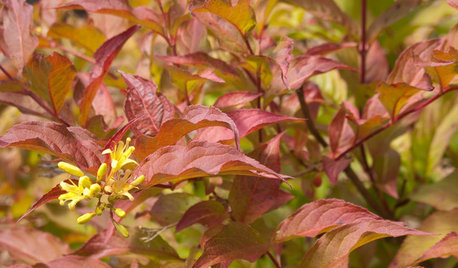
GARDENING GUIDESGreat Design Plant: Northern Bush Honeysuckle, a Bronze Beauty
It helps control erosion and takes sun or shade. The butterflies love it. But the best part of this shrub may be the vivid foliage
Full Story
CONTAINER GARDENSPatio-Perfect Berry Bushes Like You’ve Never Seen
Small enough for pots but offering abundant fruit, these remarkable bred berries are a boon for gardeners short on space
Full Story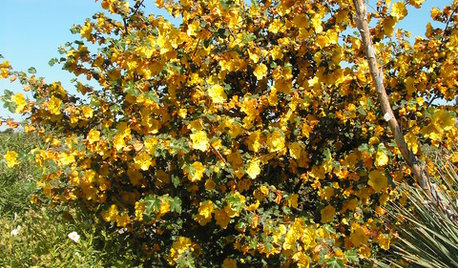
GARDENING GUIDESGreat Native Plant: California Flannel Bush
Forget watering once this bush is established. But the yellow burst in spring and summer, you'll remember
Full Story
GARDENING FOR BUTTERFLIESGreat Design Plant: Coyote Bush
Remarkably resilient, this coast-happy shrub attracts native wildlife — and its leaves have an unusual attribute
Full Story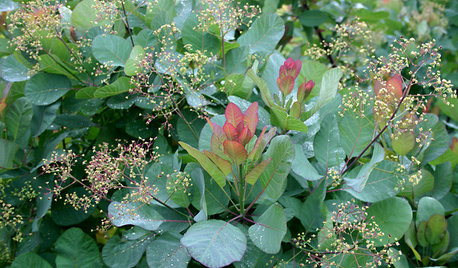
LANDSCAPE DESIGNGreat Design Plant: Old Fashioned Smoke Bush
Balance garden color with this shrub's cool blue-green foliage, luminous when backlit and sporting yellow-green flowers in spring
Full Story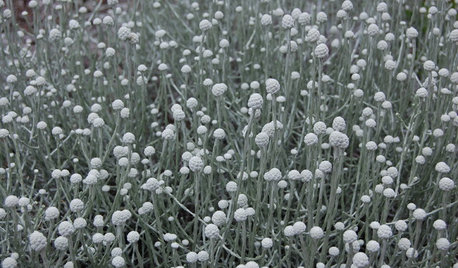
BLUE AND GRAY FOLIAGEGreat Design Plant: Cushion Bush
Fuzzy and otherworldly, this white mounding shrub lights up gardens through all four seasons
Full Story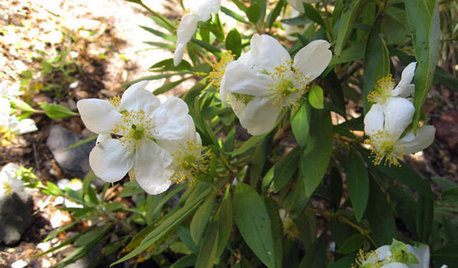
FLOWERSGreat Design Plant: Bush Anemone
Breathe in this shrub's sweet perfume while you're admiring its petite white flowers and the butterflies it brings
Full Story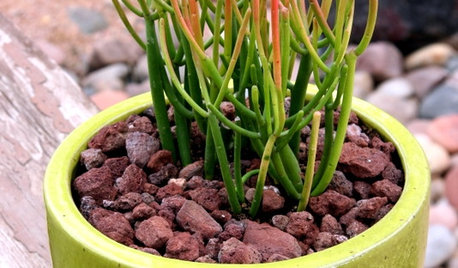
GOLD FOLIAGEGreat Design Plant: Milk Bush
With a rubbery texture and cartoon-like branches, this succulent brings an unusual, exotic energy to landscapes and container gardens
Full Story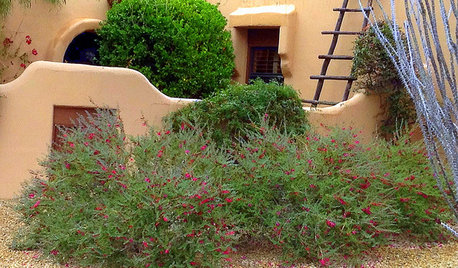
GARDENING GUIDESGreat Design Plant: Valentine Bush for Heartfelt Winter Color
Passionate red flowers from winter through spring add gorgeous color to bare Southwest landscapes
Full Story


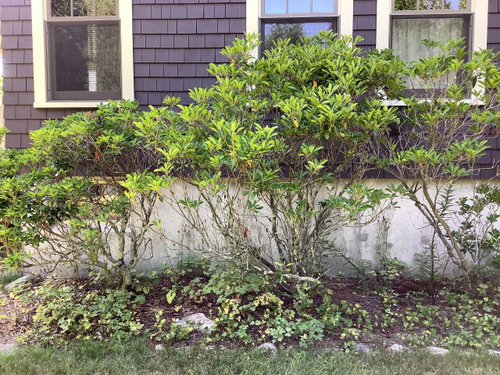
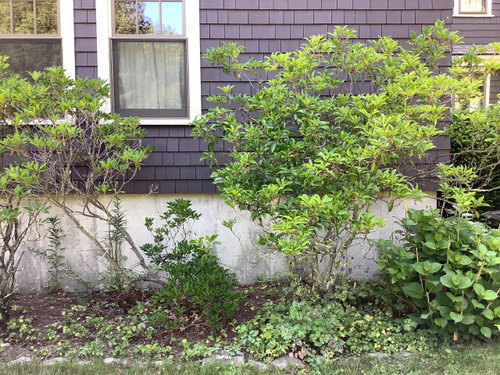

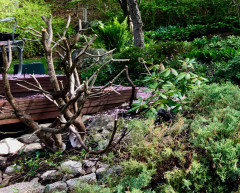
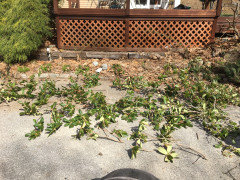
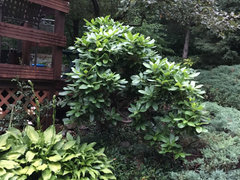
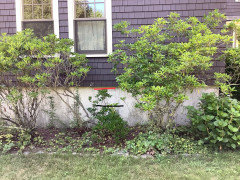

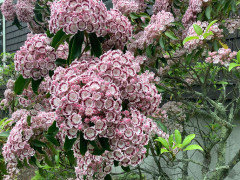
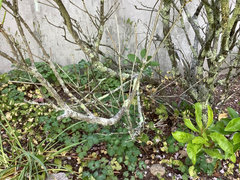
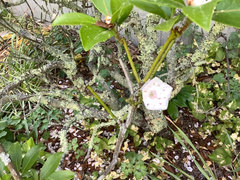


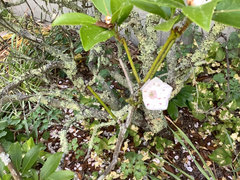

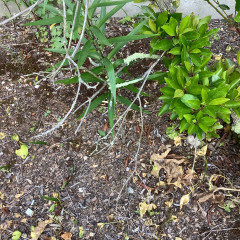
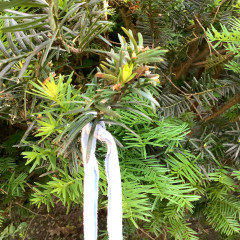
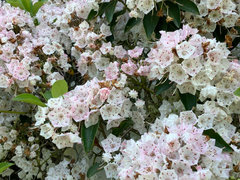

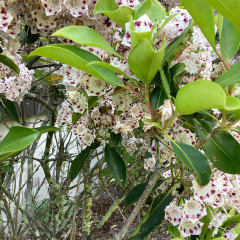






gardengal48 (PNW Z8/9)